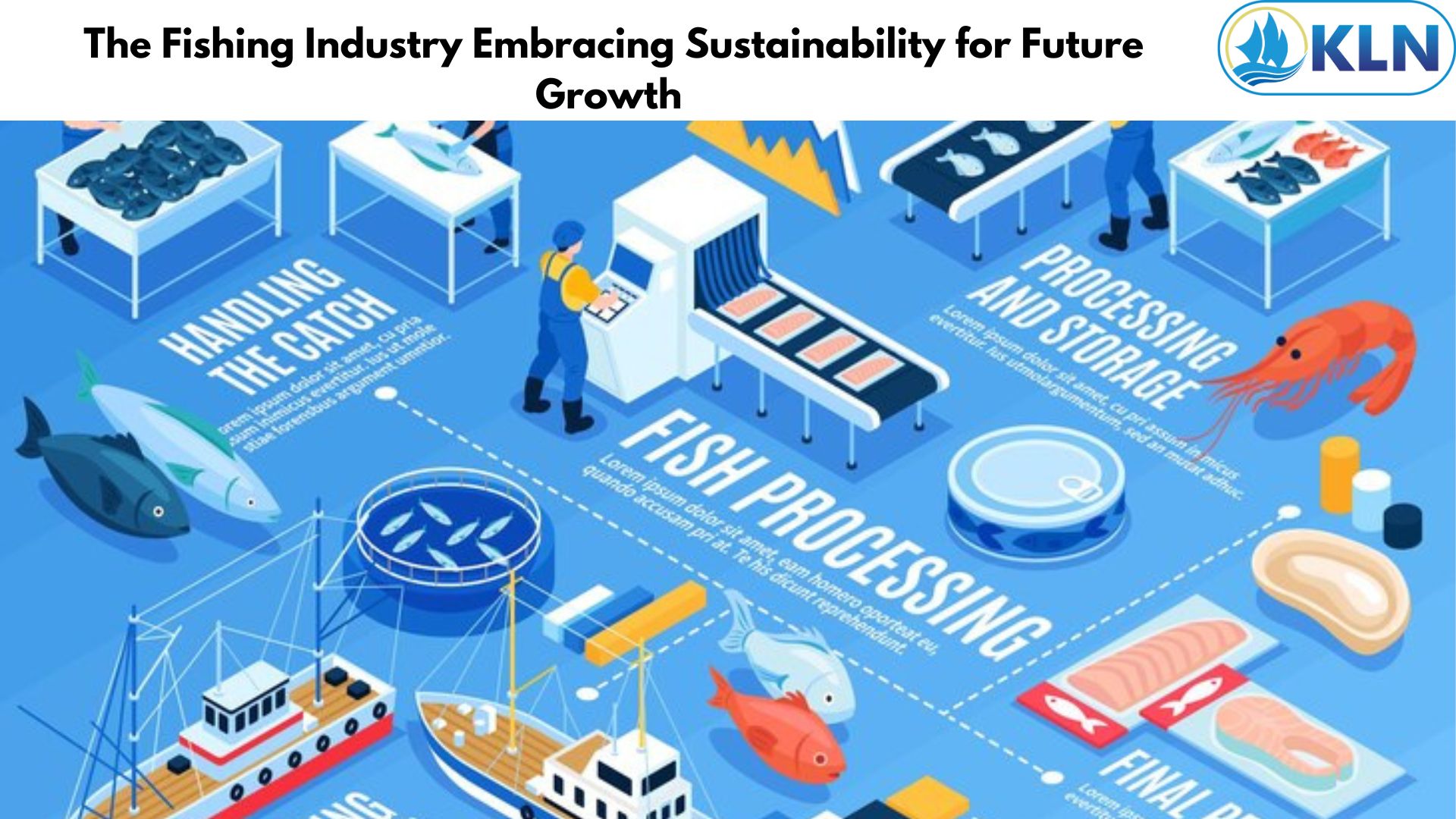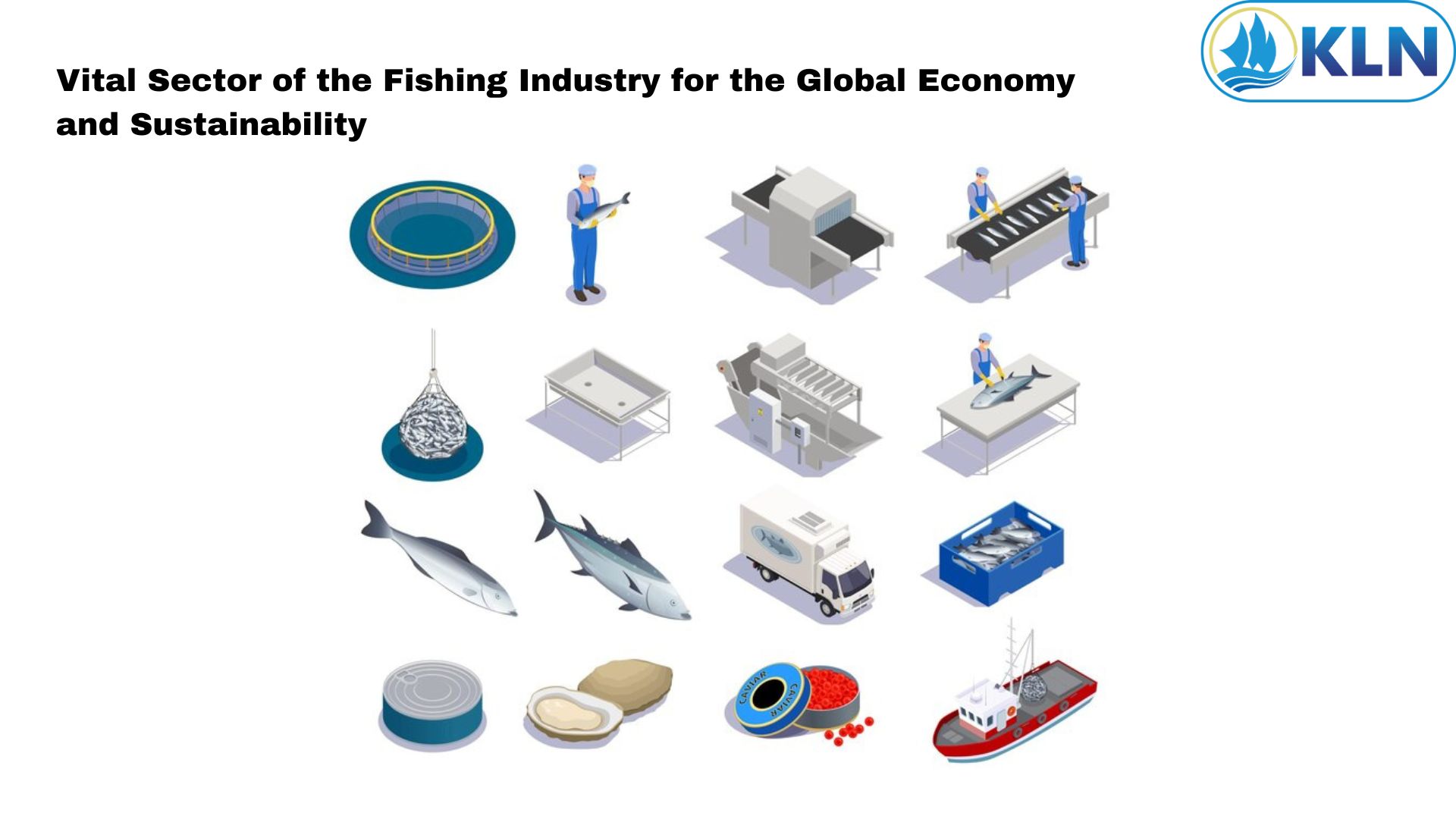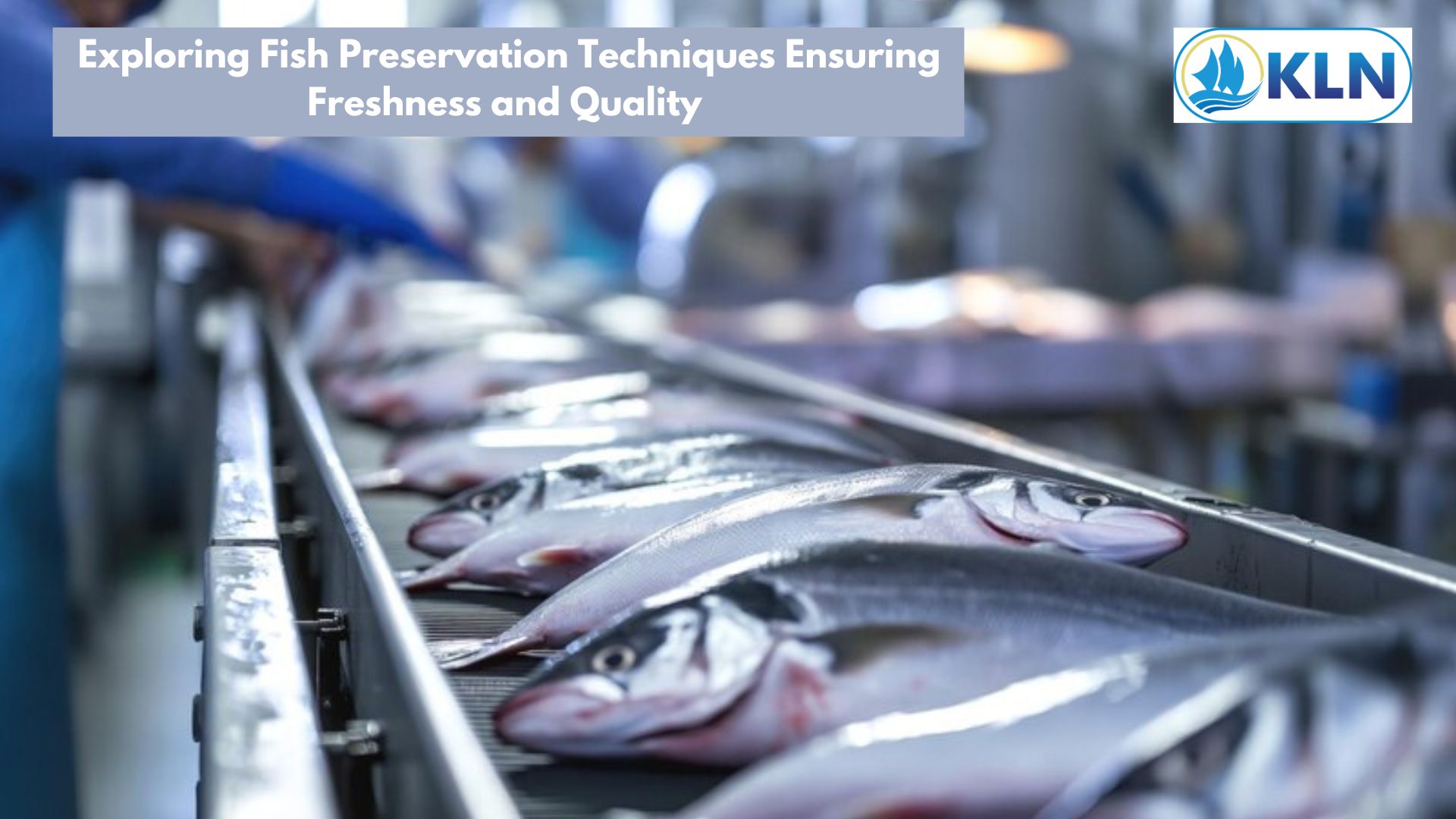JEWELLERY AS A POTENTIAL HAZARDS
By. Najih - 25 Jun 2024.jpg)
Jewellery consists of decorative items worn for personal adorment, such as brooches, rings, necklaces, earrings, pendants, bracelets, amd cufflinks. Jewellery may be attached to the body or the clothes. Wearing any jewellery is prohibited per foor safety standards because has potential contaminant/hazard as below:
- Jewellery is a potential physical contaminant. Jewellery is considered a physical hazard that can cause choking, cuts, injury, or other foodborne illness when ingested. These articles often obstruct proper handwashing and make the process ineffective. Rings and watches cover parts of the skin and can harbour harmful bacteria which can contaminate food. Additionally, rings and earrings, especially ring with stones implanted, may fall into the food being prepared and become a choking hazard.
- Jewellery is a potential biological contaminant. Jewellery reduces the effectiveness of handwashing. Jewellery can tear single-use gloves and cause damage to food packaging. Rings were the filthiest kind of jewellery, with five different types of bacteria growing on each ring and a total of 504 bacterial colonies (Staphylococcus, Micrococcus, and Corynebacterium). Watch may contain 20,000 colonies of bacteria were found on the wristwatch, also including Corynebacterium, Staphylococcus and Micrococcus. In addition to bacteria, traces of fungus were also found, which can easily get caught in the links of the watch’s band. The watch obviously grew more bacterial colonies than the ring, and the reason may be that we usually don’t remove watches before washing our hands.
- Jewellery is a potential chemical contaminant. Touching and wearing jewellery can cause cross-contamination. When silver tarnishes, it is considered a chemical change. Tarnishing is a chemical reaction that occurs when silver comes into contact with sulfur compounds in the air, forming silver sulfide on the surface of the silver object. This chemical reaction changes the chemical composition of the silver, resulting in a darkening or discoloration of the surface. In a chemical change like tarnishing, the original substances are transformed into new substances with different chemical properties. This is in contrast to a physical change, where the substance's physical appearance may change, but its chemical composition remains the same.








